Alpine aster: planting and caring for flowers in the garden
Perennial alpine aster belongs to the Astrov family. They grow naturally in the mountainous regions of America, southern Europe, the Carpathians, the mountains of the Crimea, the Caucasus, and the southern Urals. Other names for this flower are Korzhinsky's aster, false aster. The plant has been cultivated and grown in gardens since the 16th century.
Content:
Description and varieties
Alpine aster, like any alpine flower, is a low plant. Even in the garden, in fertile soil, it does not exceed 30 cm. The stem of the Alpine aster is highly branched, pubescent. Lanceolate leaves without petioles of dark green color are also covered with a soft edge.
Closer to the root, they are larger, higher along the stem they become small. Root system located horizontally. This allows the plant to survive in the mountains between rocks and rocks. The rhizome is thickened, branched.
The inflorescences of the apical baskets are rather large for the perennial aster, to which this plant belongs.
They reach 2.5-6 cm in diameter. One or more rows of reed petals are located along the edge. Their color in wild-growing asters is usually purple. On their basis, many varieties and hybrids have been created, differing in the size of the inflorescence and the color of the petals. It can be different depending on the variety:
- Stained glass is considered the most beautiful variety of alpine asters. It is prized for its abundant flowering and white flowers.
- Gloria is a plant with small, up to 2.5 cm in diameter, flowers, decorated with blue ligulate flowers.
- Albus with white petals, semi-double flower diameter up to 3 cm.
- Goliath with large inflorescences, up to 5 cm. Petals are light purple.
- Dark Beauty is a late variety. It blooms with purple flowers in July and August.
- Rosea with pink petals adorning an inflorescence with a diameter of 4 cm.
- Superbass with lilac flowers.
- Ruber 1 is a hybrid with red-crimson reed flowers.
Alpine aster begins to bloom in late May or early June. Some varieties bloom later. Therefore, you can choose plants so that the flowering period lasts until September.
Duration of flowering is about a month. If it grows on fertile soil, is moistened in time, then the number of flowers is quite large. After flowering, an achene fruit is formed on each peduncle. In it, small seeds with a tuft are formed and ripen.
Reproduction
Alpine aster will multiply:
- Seeds
- By dividing the bush
- Root offspring.
- Cuttings
Growing from seeds is troublesome. They are small, so it is not easy to ensure good germination. First, they are soaked and left to germinate. After the seeds have hatched, they can be sown. In the southern regions, they are buried to a depth of 1 cm at the end of November and the place is marked so as not to dig up the seedlings in the spring.
With the onset of warmth, they are waiting for young plants to form several pairs of true leaves. In order for this process to take place faster, fertilizing is carried out with mineral fertilizers. If necessary, transplanted to a permanent place. Plants obtained from seeds will bloom next year. That is, after sowing the seeds, 2 years pass before flowering.
Sowing seeds immediately to a permanent place is not worth it, because the seedlings may be uneven, so the site will not become beautiful soon.
In the middle lane, it is impossible to sow before winter, severe frosts will destroy the seeds.
therefore seedlings grown at home, sowing at the end of winter in one tray. Take the usual soil for flowers. Drainage is laid at the bottom, there should be holes for the outflow of water. The distance between the rows is 8 cm, in the row between the plants is 5 cm. The boxes with seedlings are installed on the southern window, covered with glass. The room temperature is raised to 25 degrees. After the seeds germinate, lower the temperature to 20 degrees. Then they dive into a separate dish. You can grow without picking, but in this case, you need to sow rarely, and then periodically add soil under the root.
By the beginning of summer, the seedlings will grow up, and after the threat of return frosts has passed, they are planted outside. It can also be planted in open ground, but cover the site with a film.
It is impossible to plant directly from the apartment into the flower garden. First you need to harden the plants.
Approximately a month before planting, the seedlings are taken out into the street, first for several hours, then left for the whole night. They are planted in the late afternoon so that the plants do not wither under the scorching rays of the sun.
The easiest way to get new plants is by dividing a large bush into several small ones.
This is done in the spring, before bud break, or immediately after the flowering period ends. Early flowering varieties are transplanted in the fall. This will help form flower buds and speed up flowering. Late flowering plants can be replanted in early spring. By the middle of summer, they will have time to take root and, with proper care, will bloom. They dig out the bush, divide it into several parts, depending on the size of the mother plant.
Root suckers are also used. They are transplanted in the spring, or earlier than seedlings. Mulch with a thick layer of peat or cut grass, watered. Mulch will help keep the soil moist for a long time and protect against weeds.
Cuttings are cut from the tops of the stems in summer. Each of them should have 2-3 growth points. Place in a light nutrient mixture, cover with plastic bottles or other transparent material. Shade a little. Water it periodically so that the soil does not dry out. In late autumn, in November, they are planted in open ground, sheltered from frost.
Landing
Alpine aster loves the sun's rays. Therefore, it must be planted in a spacious area. It tolerates light shading well. Alpine aster should not be planted in the shade. There, the stems of the plant stretch out, and the flowers stop forming.
Alpine aster does not have any special requirements. But it grows best in nutrient-rich alkaline soils. If it is not acidic enough, add slaked lime, dolomite flour. Then the flowering will be plentiful and long, and the flowers will be large and bright.
It is desirable that the air passes well to the roots of the plant, and moisture does not stagnate in the roots of the plant.
Young shoots appear on the stem of the plant in spring or summer. Flower buds are formed on them, they are used for propagation by cuttings. The root system of the alpine aster is superficial. Therefore, groundwater usually does not flood it. But rains or spring floods can harm the plant. If the threat of flooding is real, then before planting, you need to build a drainage, pouring sand, fine gravel or expanded clay below the root system. Then a layer of soil is poured and the plants are planted.
When planting seedlings, they deepen them a couple of centimeters lower than they were in the pots. The distance between the plants in a row is 20 cm, between the rows is 40 cm. A groove for irrigation is formed between the rows. Mulch plants.
Care
How to properly care for flowers:
- Watering alpine asters should be moderate but regular. Do not allow the soil to dry out.In this case, the plants will grow and bloom very weakly. Some growers advise adding a small amount of potassium permanganate to the water for irrigation.
- Regularly loosen the soil in the aisles, preventing weeds from overgrowing. They can quickly drown the plant. Removing the faded inflorescences will strengthen the bush and make the flowering abundant. Leaving such inflorescences is necessary only if they are going to propagate the Alpine aster with seeds.
- In autumn, at the end of November, the stems are cut low. You can do this in the spring. Then the rhizomes are examined. If it has come out, you need to plant the plant or sprinkle it on the bare roots of the earth.
- Bushes need to be planted every three years, otherwise they thicken. The flowers become small, and if the bush is not divided, then over time, parts of it disappear.
- Alpine aster responds well to feeding organic and mineral fertilizers... It could be wood ash, compost, well-rotted humus, from mineral - phosphorus-potassium fertilizers. Crushed eggshells or chalk are added, which serve as a source of calcium for plants. They are brought in after pruning or some time after transplanting flowers. Fresh manure is not used for fertilizing. It delays flowering.
Although alpine aster in nature easily tolerates severe frosts, sometimes it does not survive the winter. The flower is especially affected by flooding during this period. In the middle lane or north of it, the alpine aster is covered for the winter with earth or sand. This is especially true for young plants or those that have recently been transplanted. There is no need to do this in the southern regions.
Pests and diseases
Alpine aster is practically not damaged by pests. Its leaves and stems can be damaged by aphids, and the roots by snails. Aphids are fought with the help insecticides, from snails are treated with ash. You can water with tar water by dissolving 3 tablespoons of tar in a bucket of water. Laundry soap is added so that the solution adheres better to parts of the plant.
Diseases also bypass the Alpine aster side. If the flower is grown in a darkened area, it may be affected powdery mildew... When the first signs of the disease are found, the plant must be transplanted to a sunny place.
You can get rid of the disease by processing plants fungicides.
Therefore, if there is a predisposition to this disease in the flower garden, prophylactic spraying can be carried out. A good result is obtained by joint treatment with the preparations "Fitosporin" and "Gumi". Roots will rot if they are infected with black mold. It is provoked by a high level of humidity or flooding with water. In this case, you need to transplant the flower to a more suitable place.
Using
Alpine aster is used both for group plantings and for mixborders... Usually it is planted in the foreground. She attracts attention with bright large flowers. Alpine aster looks good on alpine hills, between stones. A combination of several varieties of different colors will be especially beautiful.
Good neighbors of the alpine aster will be border irises, loosestrife, low evening primrose... They will replace each other, shading with yellow the lilac or pink colors of the aster. You can plant a carnation, yarrow next to it.
Some types of cut alpine asters are used to form bouquets.
Alpine aster has medicinal properties. Flower infusions help with disorders of the digestive system. They help get rid of scrofula, they are even used to treat tuberculosis.
More information can be found in the video:



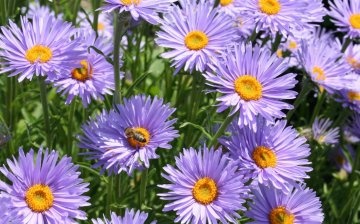
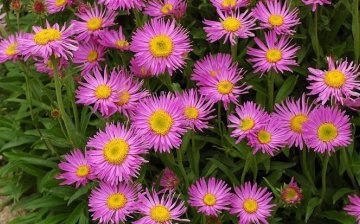
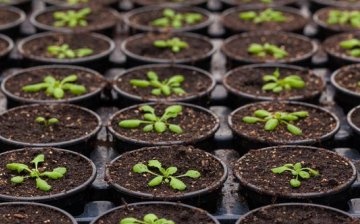
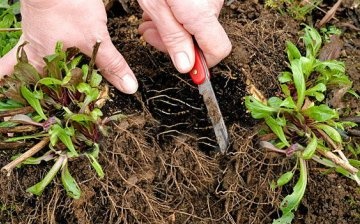
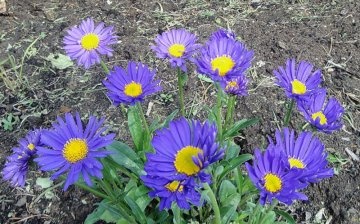
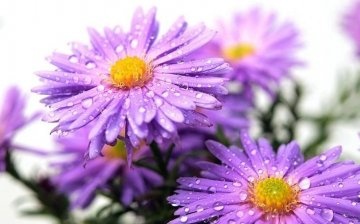
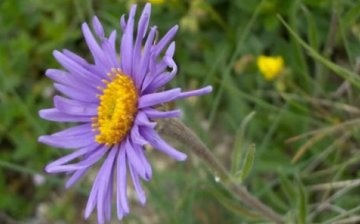
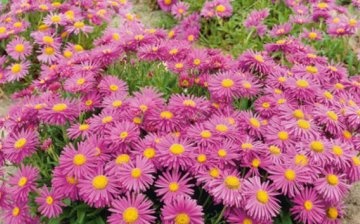










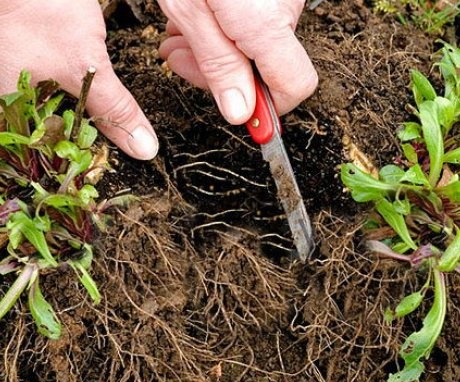
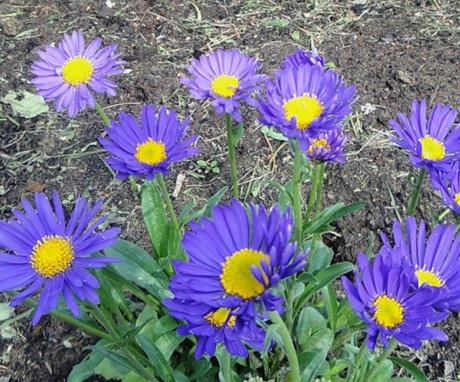
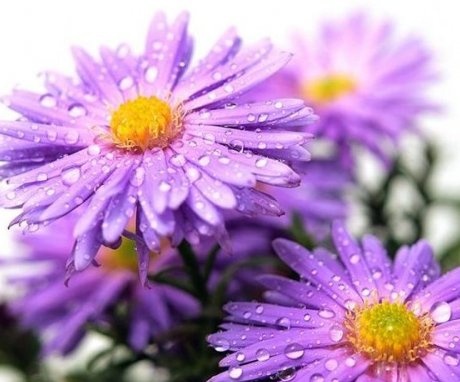
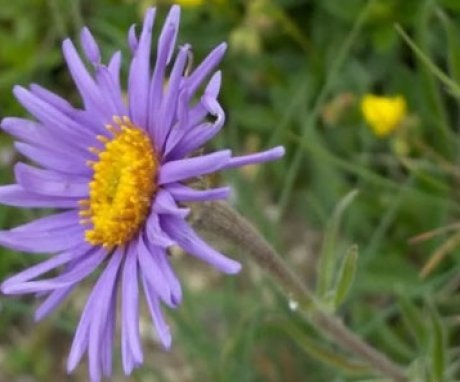
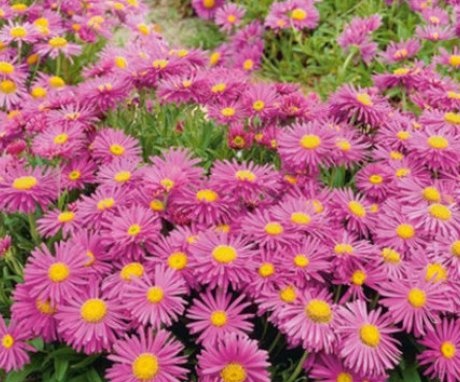
Alpine aster is one of my favorite perennials, it has beautiful flowers, unpretentious, blooms for a long time and profusely, until the very frosts. And if you give it a little attention and care, it will serve as a decoration for any flower bed or garden plot.
I like asters, and especially Alpine, because many small lilac or purple flowers bloom and the border on a flower bed looks like a colored carpet. Asters bloom for a very long time, many varieties, in general, before the onset of persistent cold weather.